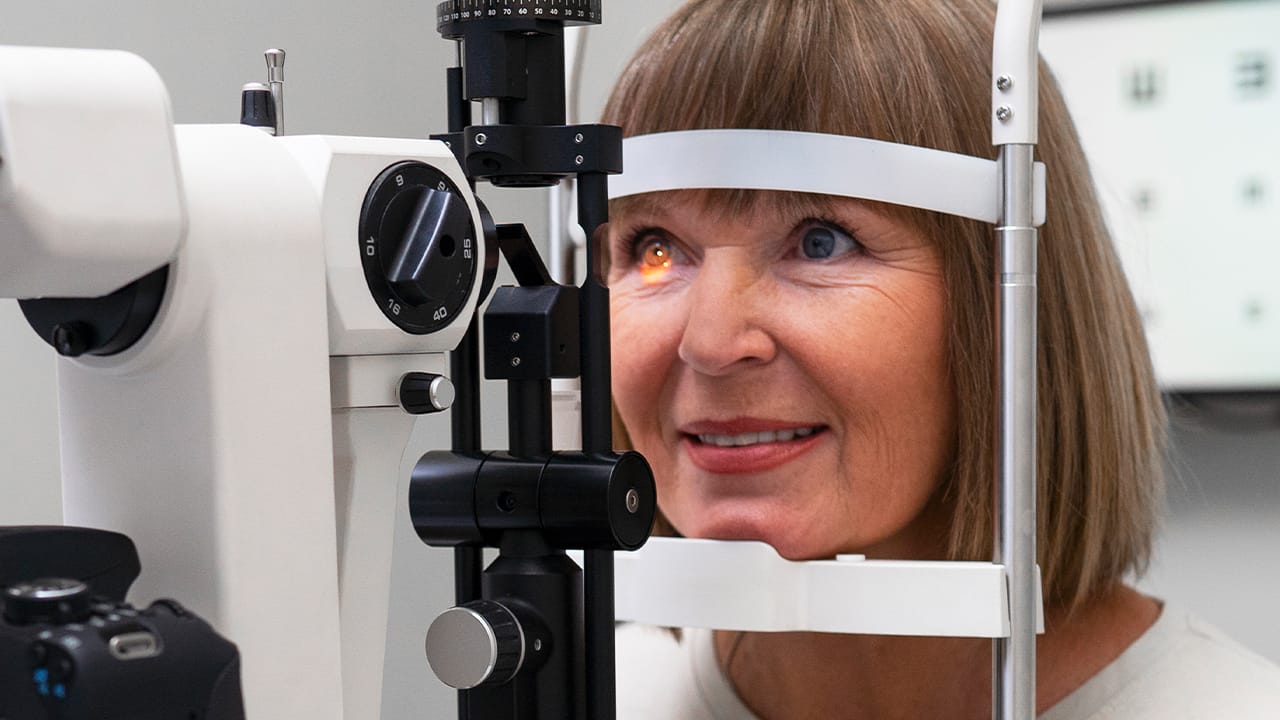- birinci
- 0 Comments
The question of whether diabetes affects the eyes is one of the first issues that causes concern for many people diagnosed with diabetes. When blood sugar levels begin to rise above normal, the retinal capillaries, one of the smallest blood vessels in the body, are directly affected. The vascular wall becomes thinner, permeability increases, and changes such as fluid accumulation, microaneurysms, or bleeding occur in the intraocular tissues. Long-term uncontrolled blood sugar not only reduces visual acuity; it also triggers diabetic retinopathy, which can progress to permanent vision loss. Therefore, the clearest answer to the question of whether sugar affects the eyes is that blood sugar should be kept under regular and strict control.

İçindekiler
ToggleWhat is Diabetic Retinopathy?
Diabetic retinopathy is a medical term that describes the structural deterioration of the retinal vessels due to high blood sugar. Initially, only microscopic hemorrhages and protein leakage outside the vessels may be observed; the patient may not feel any symptoms. As the process progresses, new but weak vessels form, dark spots appear in the field of vision and sudden bleeding may occur. Having diabetes for more than ten years, blood sugar fluctuations, hypertension and kidney disease increase the risk of retinopathy exponentially. With early diagnosis, vision loss can be largely prevented with treatments such as laser photocoagulation, intraocular anti-VEGF injections or vitrectomy.
Other Changes Caused by Diabetes in the Eye
The question of whether sugar affects the eye is not limited to retinopathy. Uncontrolled diabetes impairs lens transparency; causes early cataract development and even faster cataract opacity. High blood sugar increases intraocular fluid pressure, paving the way for glaucoma; it can cause irreversible damage to the optic nerve. In addition, frequent blood sugar fluctuations cause temporary changes in refractive errors; patients may experience frequent fluctuations between blurry and clear vision during the day. Corneal sensory loss and dry eyes also increase susceptibility to infections.
Symptoms of Diabetes in the Eye
• Sudden or fluctuating vision deterioration
• Perception of light rings and floaters
• Significant decrease in night vision
• Color fading due to lens blur
• White reflection in the pupil or double vision
Any of these symptoms may be a sign of diabetic eye complications and require immediate consultation with an ophthalmologist.
Risk Factors and Protection
Anyone who is concerned about sugar in the eye can personalize their precautions by knowing the risk factors. Having diabetes for a long time, an HbA1c value above seven percent, hypertension, high cholesterol and smoking accelerate retinopathy. In addition, pregnancy, type 1 diabetes starting in childhood and kidney failure also make the eye vessels sensitive. The first condition of protection is to keep blood sugar within the target range; then, not to skip regular eye examinations and to maintain the necessary diet and exercise regime.
How is Diabetes Diagnosed in the Eye?
A detailed fundus examination is performed on a patient who applies to a doctor with the suspicion of sugar in the eye. Examinations such as fundus photographs, optical coherence tomography (OCT) and fluorescein angiography show vascular leaks and edema in the retinal layer with sub-millimeter precision. Thanks to these imagings, early-stage retinopathy is detected; treatment planning is started without delay. It is difficult to restore visual acuity in cases where diagnosis is delayed; therefore, people diagnosed with diabetes should go for a retinal check-up at least once a year from the very beginning.
Treatment Methods
• Laser photocoagulation limits edema by closing the leaking vascular points.
• Intraocular anti-VEGF injections prevent bleeding by suppressing new vessel formation.
• Corticosteroid implants reduce swelling in cases of resistant macular edema.
• Advanced cataract surgery techniques replace the cloudy lens due to diabetes with a transparent artificial lens.
Vitrectomy surgery is preferred to save vision in patients with severe bleeding or retinal detachment.
Treatment selection is determined by the ophthalmologist according to the stage of retinopathy, the amount of bleeding and the patient’s general health data.
Things to Consider in Daily Life
It is important to stick to blood sugar monitoring, do regular exercise and adopt a Mediterranean diet model to minimize the concern of sugar hitting the eyes. Limiting smoking and alcohol consumption, reducing salt intake and drinking enough water supports vascular health. Keeping blood pressure and cholesterol values in the ideal range also slows down the development of retinopathy. In addition, using a blue light filter during long screen times and adjusting the lighting correctly reduces the electrical stimulus load on the eye.
Frequently Asked Questions
How long does it take for sugar to cause damage to the eye?
Changes can begin within five years in uncontrolled type 1 diabetes and even at the time of diagnosis in type 2 diabetes.
Does retinopathy regress when blood sugar improves?
It slows down the progression, but the structural damage that occurs is irreversible; early intervention is essential.
Is the intraocular needle painful?
Drop anesthesia is used before the procedure; the burning and pressure sensation is minimal.
Does laser treatment completely restore vision?
The aim is to stop the progression and preserve the existing vision; it does not restore the lost acuity.
